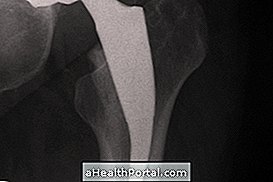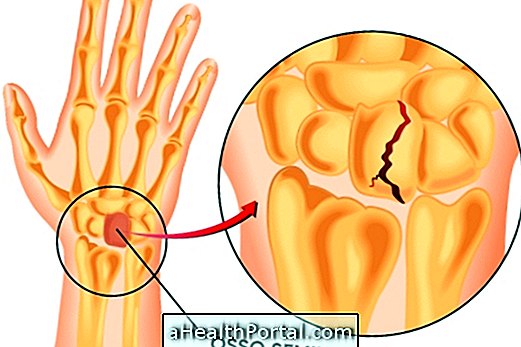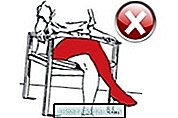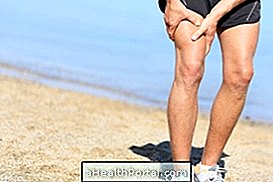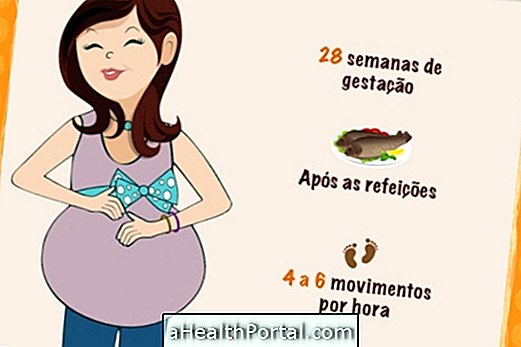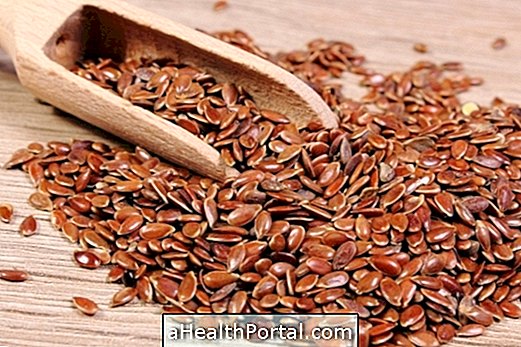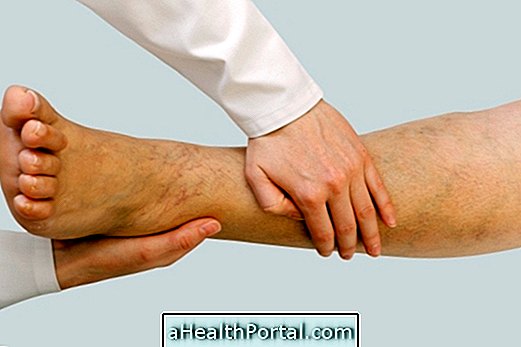The treatment for Morton's Neuroma consists of reducing pain, inflammation and compression in the painful region, which is usually enough so that the person can perform his daily activities normally and can wear high heels eventually, when going to a party or dinner, where you do not have to stand for long.
In this type of treatment, which is always the first option, you can use insoles inside the shoes to better accommodate the chest and toes, and it is very important to wear comfortable shoes that support the feet, such as soft or running shoes or, at the most Anabela jump, restraining the sandals, flip flops and high heels. When this is not enough you may need to:
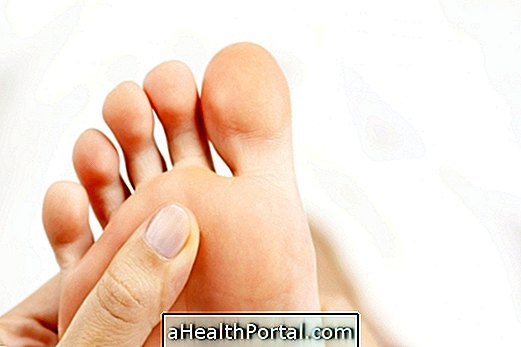
1. Remedies and infiltrations
Taking a painkiller may be helpful if you are feeling pain in the feet, but applying an anti-inflammatory ointment such as Cataflan is also a good option to relieve pain and discomfort. However, one should not take painkillers every day, nor use this type of ointment for more than 1 month because this indicates that the treatment is not having the expected result.
The orthopedist can give an injection with corticosteroid, alcohol or phenol, at the exact location of the pain, which achieves optimal results and the person is pain free for weeks or months. However, this type of injection should not be applied more than once a year, so if the symptoms persist, it is indicated to do some physical therapy sessions.
2. How is Physical Therapy
Physical therapy should be able to decrease pain, inflammation, and improve foot movement and support, making the person able to perform their daily activities normally.
Although physical therapy is not able to eliminate the lump that has formed, it can decrease its size, relieving pain, and can still improve the anatomy of the foot to prevent a new neuroma from forming. Some resources that can be used in physical therapy are:
- Ultrasound with anti-inflammatory gel for about 5 minutes at the exact location of foot pain. To better couple the device, the foot can be placed in a bucket with water because it allows the passage of the waves to the neuroma;
- Mobilization of the metatarsals and toes to improve the mobility of all of them;
- Deep transverse massage to break the fibrosis points of the nerve;
- Strengthening exercises of the flexors and extensors of the toes with elastic band;
- Proprioceptive exercises such as maintaining balance on a cylindrical surface, for example;
- Stretching of the plantar fascia, which is a tissue that internally recovers all structures of the foot;
- Crochet technique, which is a type of hook that is effective in eliminating nerve fibrosis, through small movement with the hook at the site of the neuroma;
- Use of ice pack or cryofow to cool the entire region, fighting inflammatory signs and pain;
- Relaxing foot massage to finish the physiotherapeutic treatment;
- Global postural reeducation sessions to correct realign whole body, allowing correct anatomy changes of the foot.
This is just an example of physical therapy treatment, because the physiotherapist may choose other techniques and equipment to promote control of pain and symptoms presented. However, the sessions should be held at least 3 times a week with a minimum duration of 30 minutes each.

3. When to do Surgery
Surgery is the last option for treating Morton's Neuroma, and is indicated when the person has tried other treatments without success. Surgery is one of the best choices to cure the neuroma because it is the only treatment that completely eliminates the lump that has formed in the nerve, however, the surgery does not prevent another neuroma from forming, being important work in conjunction with physical therapy .
The orthopedist should choose which technique to use to remove the neuroma and indicate what the person can do to recover faster. The surgery is done with local anesthesia and takes about 1 hour, being necessary to stay in the recovery room for observation and to rest with the raised foot, which facilitates the cicatrization.
Before surgery you should tell the doctor all the medicines you take to avoid bleeding. See other care you should have before and after surgery.
4. Acupuncture
Acupuncture sessions are good alternative treatment options, being able to relieve pain and discomfort when the person does not want or can not undergo surgery. Usually the sessions are held once a week, where the acupuncturist inserts small needles into the feet or meridians of the body that he deems necessary. This rebalances the body's energies, decreases tension, stress, and relieves discomfort.
5. Home treatment
Putting a hot compress on the pain site and massaging the area is also a good way to feel better. Applying an ointment with camphor or arnica, which can be bought at pharmacies or in natural products stores or at the manipulation, can also be useful for massaging feet after bathing before bed. See the step by step how to do a relaxing foot massage.



